Believe it or not, there is no hard evidence proving Shakespeare’s authorship. In fact, there is not a lot of circumstantial evidence. There is considerably more circumstantial evidence pointing to a woman who was the daughter of a Venetian musician who played in Queen Elizabeth I’s court. And, after her father’s death when she was seven, she was raised by two highly-literate aristocratic woman who were part of the Queen’s inner circle.
Meet Emilia Bassano Lanyer. What are the clues she could have written plays attributed to Shakespeare.
1. While Shakespeare never set foot outside of England, Emilia spent over three years in Venice during the years when most of the plays set in the city and the surrounding region were written. These include: Romeo and Juliet, The Taming of the Shrew, Two Gentlemen of Verona, and The Merchant of Venice.
2. The plays include 300 different musical terms and nearly 2000 allusions, metaphors, analogies, and other references to music. Many of these could not have been written without an in-depth knowledge of music. As the daughter of a musician, she played the virginals (an early harpsichord), a lute, and a recorder. There is no evidence that Shakespeare played an instrument or studied music in any fashion.
3. The name Emilia (and variations of it) are the names of six different characters in the plays. While a relatively uncommon name in Elizabethan England, it’s the most frequently occurring woman’s name in the scripts. Only the name Henry appears more often. Variations of her maiden name, Bassano, were given to two different characters: Bassianus in Titus Andronicus and Bassanio in The Merchant of Venice. Ophelia in Hamlet may have been named after her daughter, Odillya.
4. It was uncommon for the time to portray strong women in plays. Emilia was a vocal advocate for women and published the first book, a poetic volume, in defense of women in England. In the plays, 11 strong women are depicted. More than any other playwright of the time. There is no evidence that Shakespeare ever cast a woman for any role.
5. Black characters were rarely portrayed in plays of the time except in minor roles. Evidence suggests that Emilia was biracial and of Moroccan heritage. In Elizabethan court records, two if her cousins are described as “black men.” Black and likely biracial characters are depicted in Othello, The Tempest, Antony & Cleopatra, Titus Andronicus, Love’s Labour’s Lost, and The Merchant of Venice. In Elizabethan England, Shakespeare probably never met a Black person other than Emilia, so why would so many be portrayed?
6. Emilia could speak several foreign languages including Latin, Italian, Veneto, Ladino which appear in various forms in the plays. There is no evidence that Shakespeare spoke anything other than Old English and perhaps basic Latin from grammar school.
7. Emilia was the daughter if a Jewish father and a Christian mother. It’s believed that her father was the biggest influence in her life until he died and instilled a Jewish identity in her. This surfaces in subtle ways in some of the plays. It’s unlikely that Shakespeare ever knowingly met a Jewish person. There were only about 200 living in England at the time.
8. Many scholars believe Emilia is the Dark Lady in Shakespeare’s sonnets. Did she write those too?
It’s this constellation of facts corresponding to various parts of Emilia Bassano Lanyer’s life, rather than any specific one that creates the strongest case. One might refute one or two, but it’s more difficult to refute the entire set, which, as a whole, makes a compelling case for her authorship of many Shakespearean plays.
Did a shunned Jewish woman of color write many of Shakespeare’s plays?
A young woman seals a secret pact with Shakespeare bringing her plays into the world but the acclaim to him, yet she embeds subtle clues pointing to her authorship and imperiling her life.
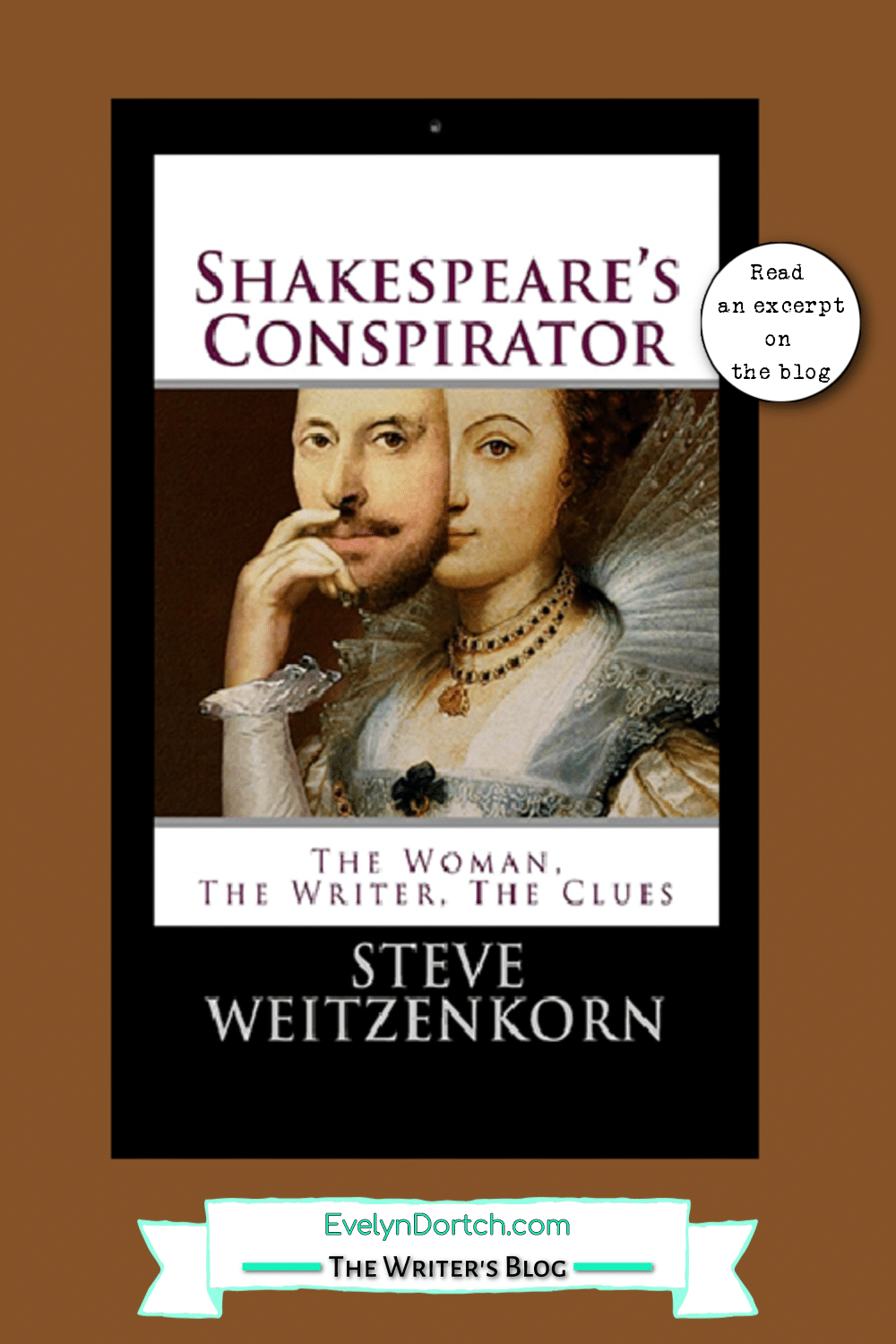
Shakespeare’s Conspirator
The Woman, The
Writer, The Clues
by Steve Weitzenkorn
Genre: Historical
Fiction
Brimming with intrigue, SHAKESPEARE’S CONSPIRATOR shatters beliefs about the world’s greatest playwright. Did he really write the thirty-seven plays credited to him?
It’s 1587. Shakespeare is struggling to launch his career. Finally he persuades James Burbage, a theater owner, to stage Henry VI. He’s the same proprietor who refused to look at Amelia Bassano’s comedic script. Infuriated after being blocked at every turn, she reluctantly seals a secret pact with Shakespeare.
So begins a fiery relationship that triggers suspicions, plots to expose them, and grave dangers.Craving recognition and ways to break through, Amelia pursues illicit relationships with Elizabethan luminaries while becoming a controversial advocate for women.
Scandals and complications follow as her life takes dreadful turns. When Shakespeare pressures her to write a soul-tormenting script, she fears being exposed as a hidden Jew, a felony in Elizabethan England. Undeterred, she embeds hints to her authorship and true identity in Shakespeare’s plays. But not everyone is deceived.
In this captivating story, the web of secrets and trail of clues reveals a perilous and cloaked Shakespearean world.
REVIEWERS HAVE CALLED SHAKESPEARE’S CONSPIRATOR:
“A STUNNING ACHIEVEMENT.”
“A MUST READ ON THE TRUE AUTHORSHIP OF SOME OF SHAKESPEARE’S GREATEST WORK.”
“AN HISTORICAL WHO-WROTE-IT,” “ENTHRALLING,” “LOVINGLY RESEARCHED.“
“A TRIBUTE TO A STRONG AND CREATIVE JEWISH WOMAN.”
I write historical fiction that challenges assumptions and provides fresh insights into the events of prior centuries, legendary figures, and people overlooked in the sweep of time. My first novel, Shakespeare’s Conspirator, has been optioned by a celebrity-owned production company in LA. It imagines the life of Emilia Bassano Lanyer, a real woman who may have written several plays attributed to Shakespeare. I’ve also written a prequel and sequel that delves in to the Shakespeare authorship mystery. With any luck, all may be coming to a screen near you.
My writing journey began as I was winding down my career as an organizational behavior consultant and co-authored a book on teamwork and leadership. As an avid reader, I became intrigued by curious fact patterns inconsistent with commonly-held beliefs, that I, like many others, assumed were true. When I realized the logic of those assumptions did not always hold up to close scrutiny, and experts had dug trenches around their own theories, I launched into my own research. Fascinating stories emerged and my imagination took over.
Since most people don’t read academic material, I reasoned that a compelling way to convey the evidence and challenge beliefs was to depict real and fictional characters dropping the bread crumbs, or following them, in reality-based historical fiction. In my novels, characters uncover and discuss clues through intriguing plots that track with historical chronologies—allowing readers to form their own conclusions.
My most recent published novel delves into the Spanish Inquisition, the trauma it created, and the life-changing decisions it triggered. Two other historical novels are in the pipeline. In one, the protagonist discovers her family’s hidden past while alternate chapters track her ancestor’s journey over hundreds of years.
I have also co-authored two non-fiction books: The Catalyst Effect: 12 Skills to Boost Your Impact and Elevate Team Performance and Find-Fulfill-Flourish about discovering one’s purpose.
I have a dry sense of humor along with a Ph.D. in Human Learning and Organizational Behavior. I’ve been honored with the William C. Byham Award for Innovation and Excellence in Training Technology and the Henkel Award for Global HR Excellence. I have served on the boards of nonprofit organizations and as president of two. I enjoy mentoring, teaching, presenting, volunteering, and learning in any way possible.
Website
* Facebook
* Instagram
* Amazon
* Goodreads

Follow
the tour HERE
for special content and a giveaway!
$30 Amazon

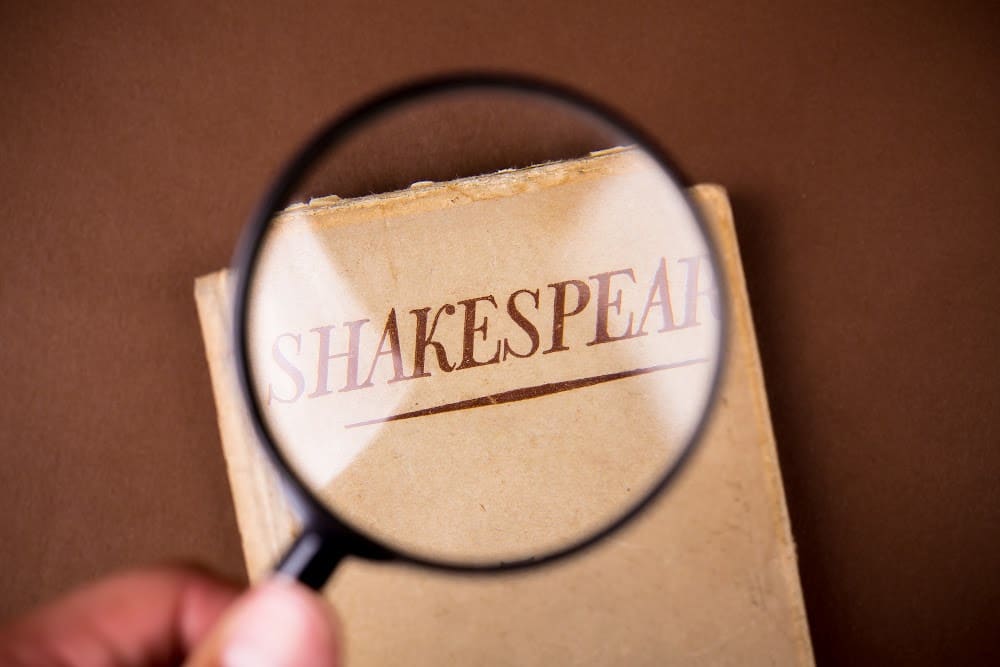


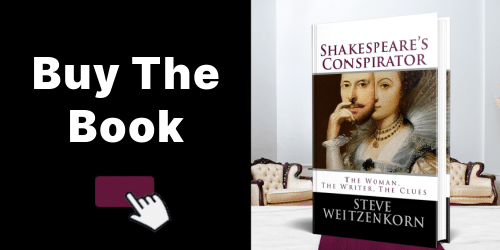




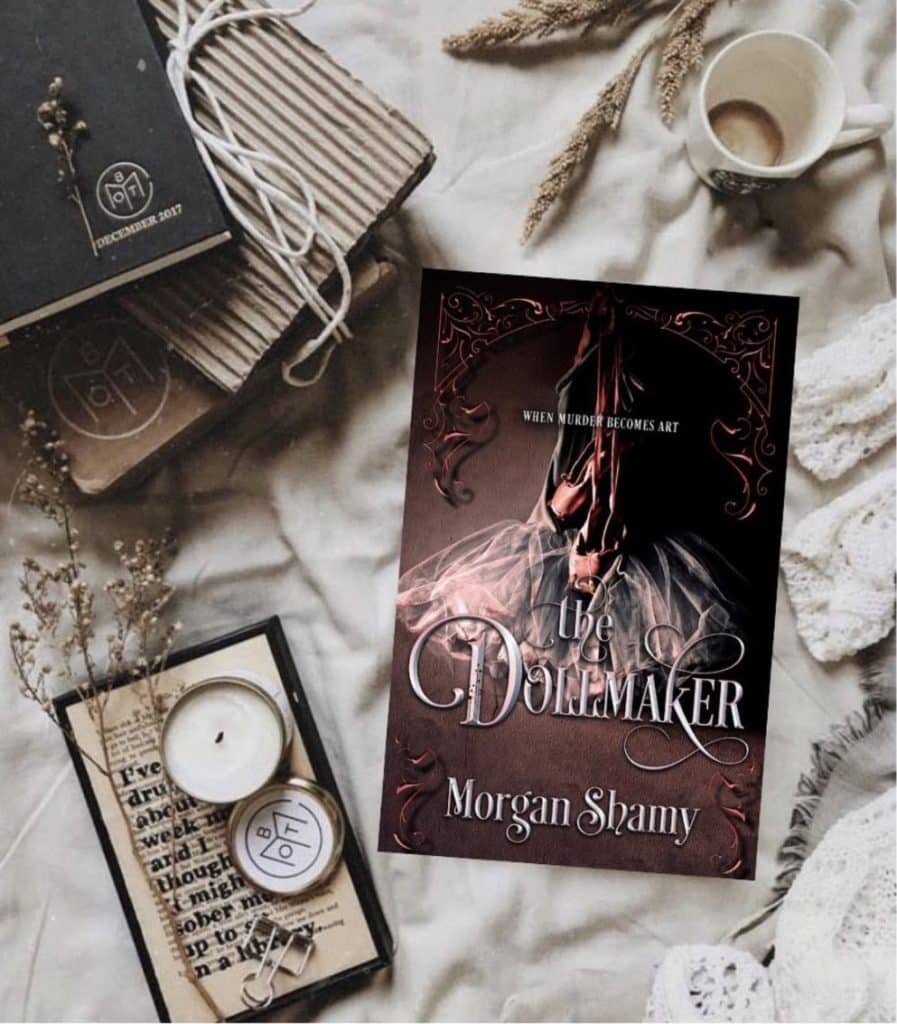

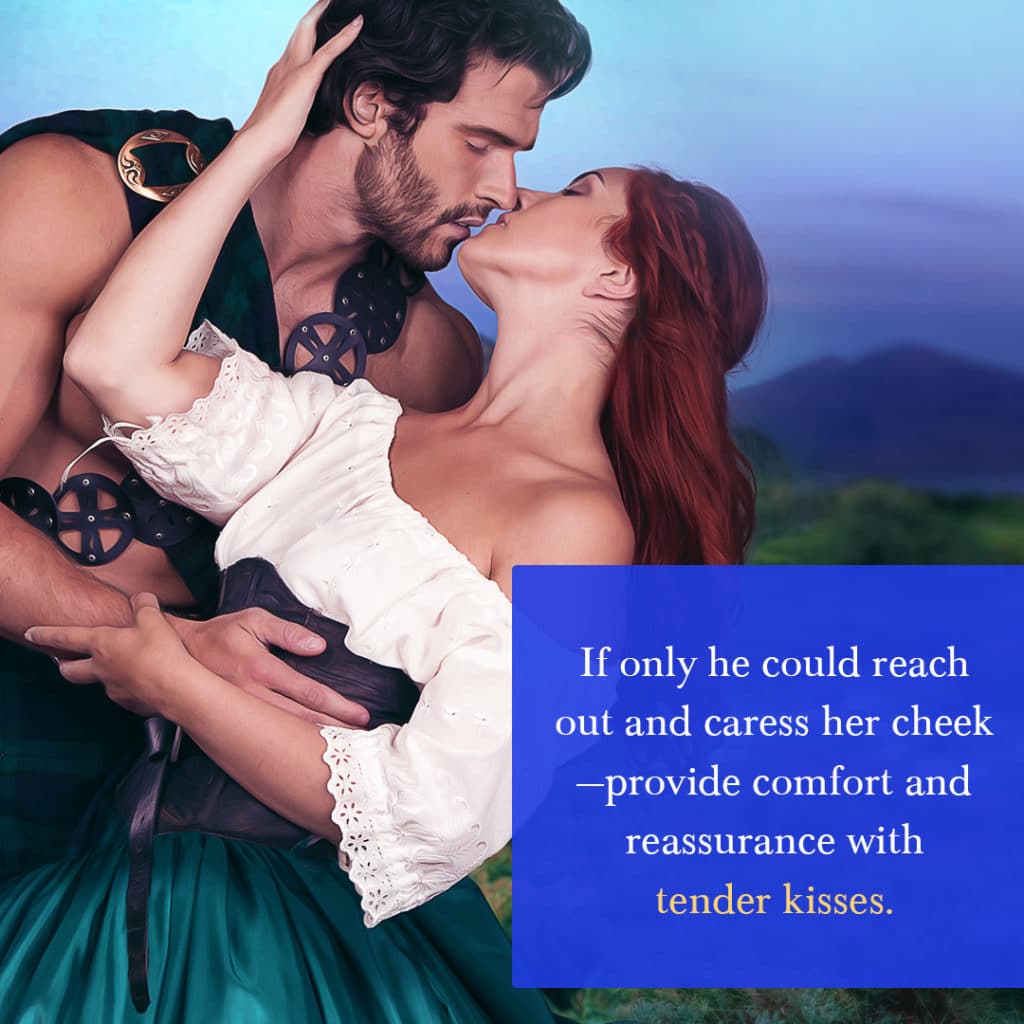
I would enjoy reading this one. Thanks for sharing.